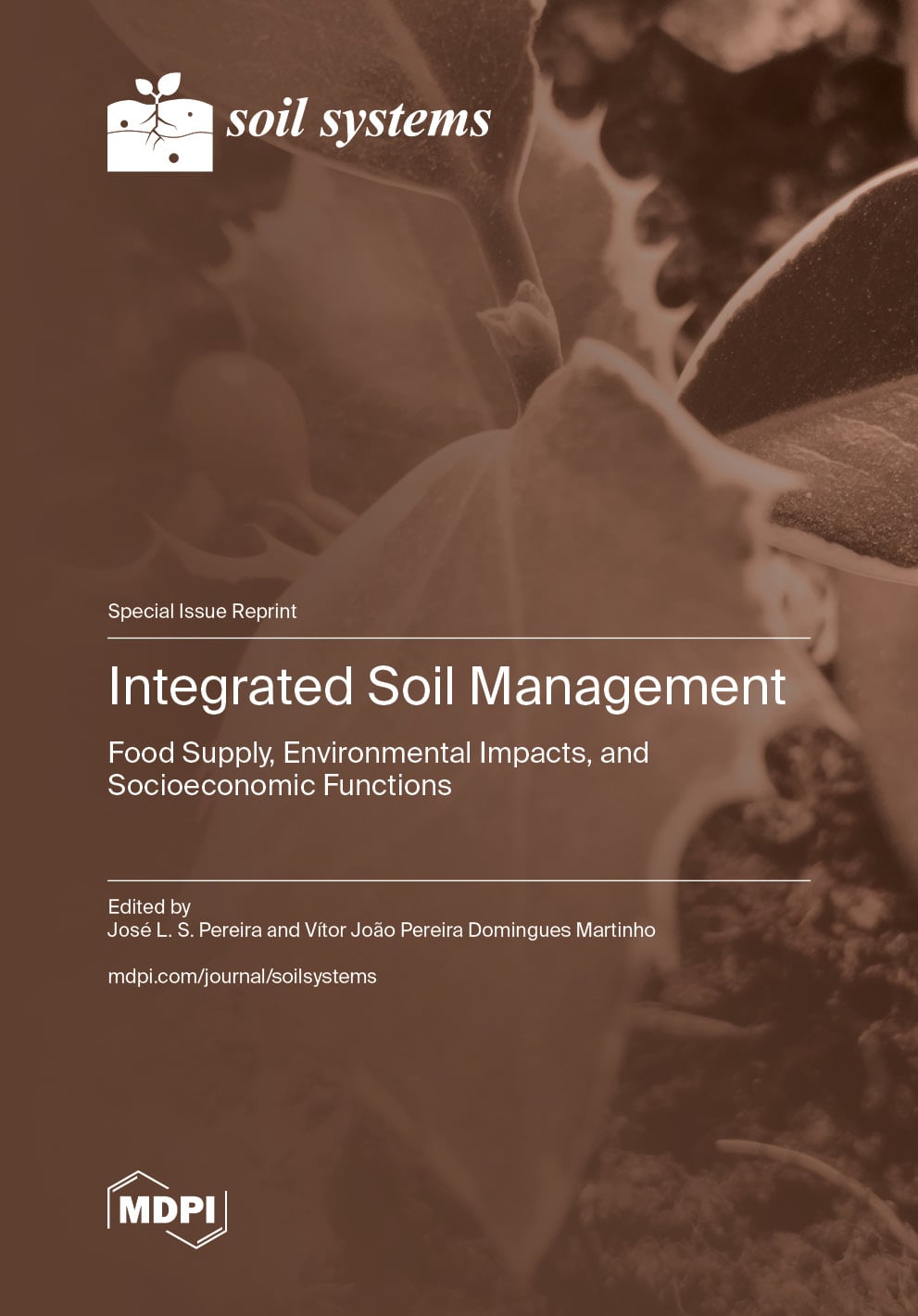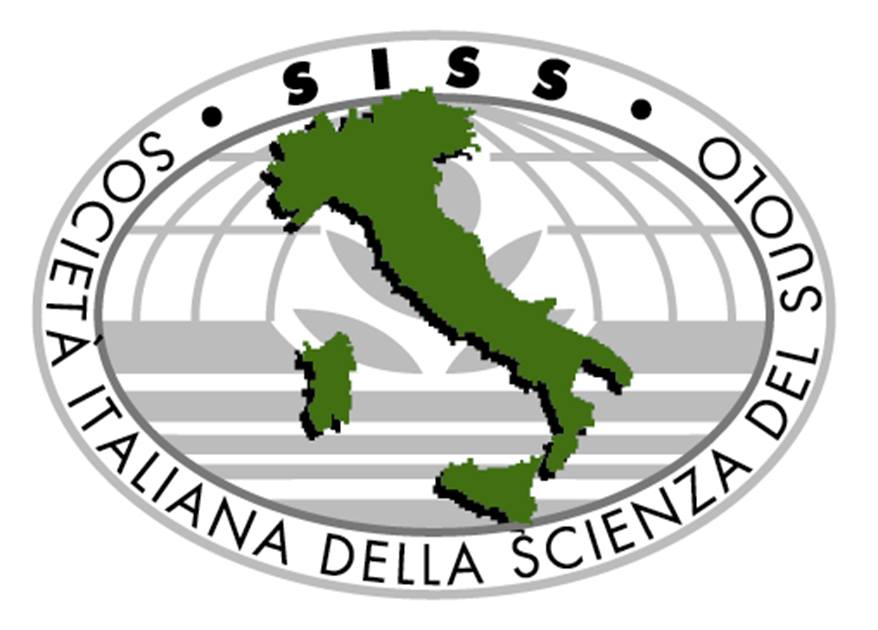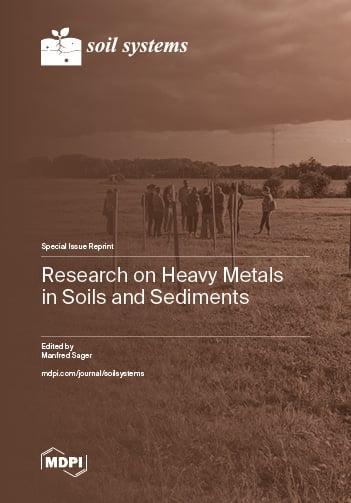- 3.5Impact Factor
- 5.4CiteScore
- 32 daysTime to First Decision
Soil Systems
Soil Systems - formerly Soils - is an international, scientific, peer-reviewed, open access journal on soil science, published monthly online by MDPI.
The Italian Society of Soil Science (SISS) is affiliated with Soil Systems and its members receive discounts on the article processing charges.
Quartile Ranking JCR - Q2 (Soil Science)
All Articles
News & Conferences
Issues
Open for Submission
Editor's Choice
Reprints of Collections

Reprint
Integrated Soil Management
Food Supply, Environmental Impacts, and Socioeconomic FunctionsEditors: José L. S. Pereira, Vítor João Pereira Domingues Martinho



